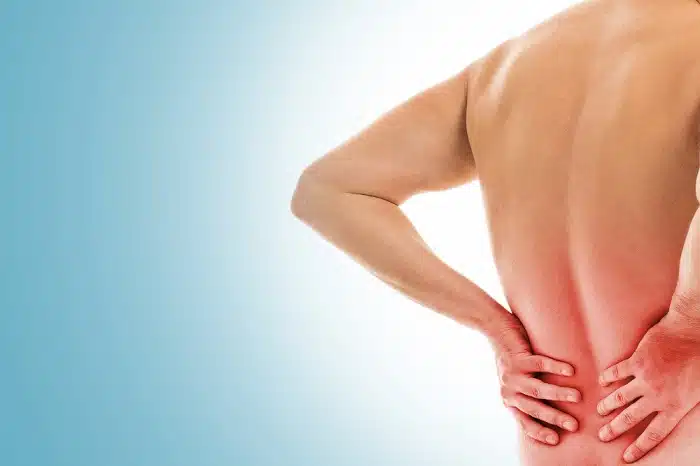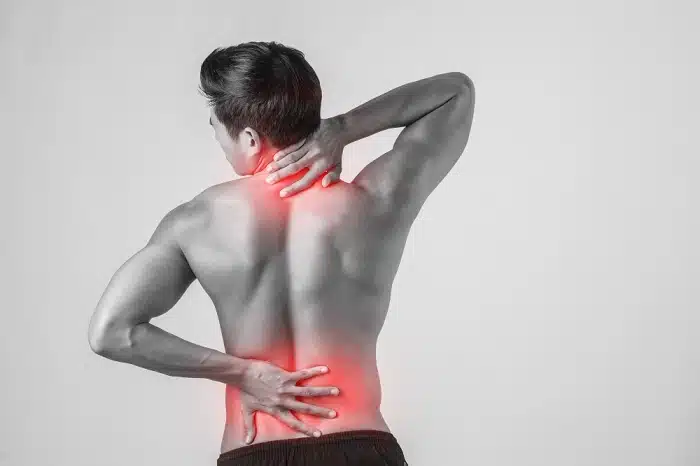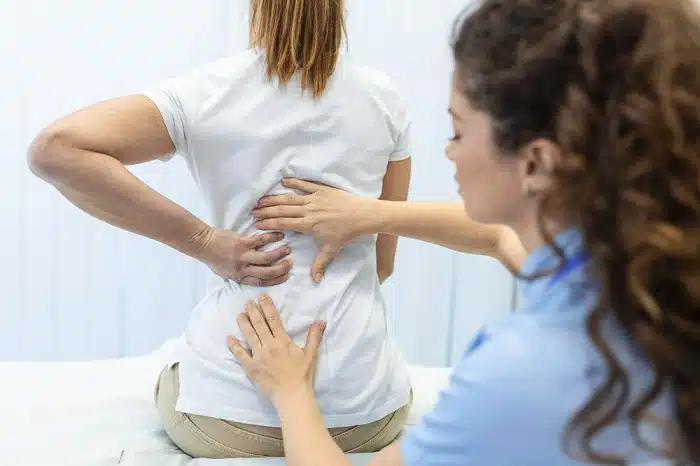
Spinal stenosis comes in many shapes and sizes for different people and has a significantly varied range of associated symptoms. Spinal stenosis simply refers to the narrowing of some portion of the spinal canal, usually in the lumbar (low back) or cervical spine (neck).
Living with either one of these forms of stenosis can be challenging, but there are several ways in which you can manage your symptoms and live a normal and fulfilled life!

You should always seek care from your healthcare provider if you experience numbness or tingling in your extremities, but especially if you experience changes in your balance ability, bowel or bladder control, and any sexual dysfunction as this can be associated with a more severe form of stenosis which may need to be treated immediately.
The good news is that the vast majority of spinal stenosis cases are not severe and can be managed non-surgically with lifestyle modifications and treatment from your local physical therapist or chiropractor!
If you have been diagnosed with cervical spinal stenosis, maintaining your range of motion and strength in your neck and arms will be very important.

You should include exercises that challenge your ability to move throughout your full range of motion in your neck, including moving your head forward, back, side to side and looking up and down. And you should include weighted exercises for your arms.
Similar protocols should be implemented for lumbar spinal stenosis but for your low back and legs. You will want to maintain or improve the range of motion of your low back and its ability to twist from side to side, flex forward, and bend backward as well as include leg strengthening activities for your quads, hamstrings, and glutes.
One of the more effective ways of managing lumbar spinal stenosis is to either ride a stationary bike or utilize a special kind of treadmill with a harness to unweight you. Perform this activity for at least 10-15 minutes each day. Most people don’t have access to either one of these though, so the next best thing is a daily walk, gradually increasing how far you can walk before the pain starts to set on.
The exercises and movements listed can be very effective to manage your spinal stenosis, but they will not be nearly as beneficial if you are not following an overall health and well-being plan.
Simple actions such as getting more restful sleep, participating in daily exercise, incorporating a diet including more vegetables and non-processed food/sugar, and practicing mindfulness and stress management.
If you are struggling with spinal stenosis, Knoxville Spine and Sports offers comprehensive treatment plans to manage your symptoms and improve your quality of life. Our experienced team of physical therapists and chiropractors will work with you to develop a personalized plan that includes exercises and movements specific to your needs.
Contact us today to schedule an appointment and take the first step towards a better life with spinal stenosis.

8029 Ray Mears Blvd, Suite 300
Knoxville, TN
37919
Phone: 865-337-5574
Monday
7am-12pm & 1pm-6pm
Tuesday
7am-12pm & 1pm-4pm
Wednesday
7am-1pm
Thursday
7am-12pm & 1pm-6pm
Friday
7am-12pm & 1pm-4pm
Saturday & Sunday
Closed